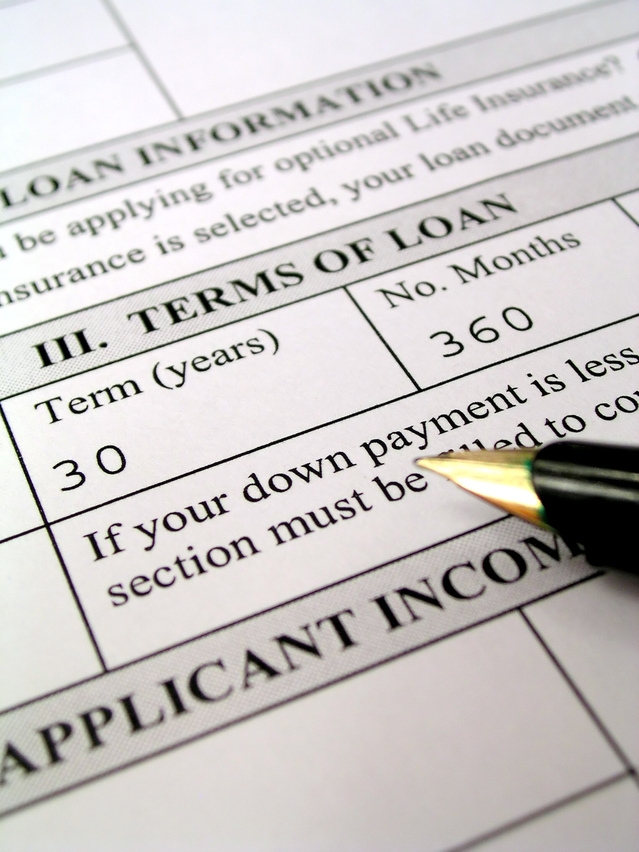
The quote from Shakespeare’s Romeo and Juliet, “What’s in a name?” provides appropriate context to understand overdraft protection from banks and the criminal costs — literally, more on that later — they expose bank customers to, which basically means almost all of us.
The reason what’s in a name provides context is that when banks “protect” you and charge a fee, it enables them to avoid the restrictions imposed by usury laws that would occur if they were charging you interest on a loan.
But, in the case of of overdraft protection, a loan is exactly what the bank is offering you. Let’s say you have $49 in your bank account and the $50 check you wrote to the gas company gets presented, and the bank pays it for you and charges you $35. You then get a notice you are overdrawn $1.00 and the next day, you deposit this dollar in the bank to even things up.
What’s really happened here is the bank has lent you $1.00 for one day and charged you interest of $35. Converting these figures to percentages, the daily rate is 3,500% ( [$35/$1 ] x 100). The annual rate would be 1,277,500% ( ( [$35/$1 ] x 100) x 365)
By the way, in Pennsylvania, where Senior Life Advisor is headquartered, usury laws cap interest rates at 6%. Of course most borrowers pay more simply because they agree to pay more in loan agreements, but the 6%, if nothing else sets a standard by which 1,277,500% is likely to be considered usurious, hence illegal. However since banks claim they are charging a fee not making a loan, it’s seemingly above board.
That’s what’s in a name.
Of course the interest rates above were made more dramatic by the numbers we chose. If the the bank offered overdraft protection to the tune of $500 which you deposited in the bank the next day, the daily interest would be just 7% daily ( {$35/500] x 100), or 2,550% ( ( [$35/$500 ] x 100) x 365) annually, better but still egregious.
Explaining the usurious rates your bank is levying is a useless conversation, unless you get some satisfaction from letting them know exactly how badly they are treating you. If you want to avoid paying these fees:
See if you can get alters from your bank when balances dip below a certain amount.
See if your bank will provide protection by drawing overdraft amounts from your savings account or line of credit.
Avoid using your debt card, since they can add up faster than you realize.
Sources:
Overdraft Fees
https://statelaws.findlaw.com/pennsylvania-law/pennsylvania-interest-rates-laws.html



